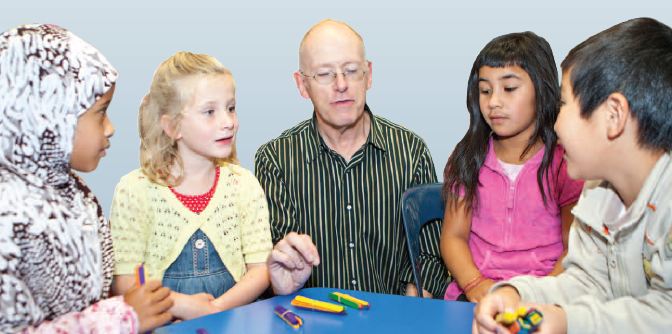Children are naturally curious and often use questions to voice their curiosity. Place an unopened box in front of the class, and it won’t be long before the questions surface: “What’s that?”, “Can we open it?”, “Is it for us?” You can also use questions to evoke curiosity: “What do you think might be inside?”
Eliciting, supporting, and extending student thinking through effective questioning is a skill that requires preparation, practice, and reflection. Modelling thinking aloud helps students to understand the kinds of thinking that solving a problem requires.
This resource discusses different types of questions and suggests ways for teachers to extend their repertoire of questions. It also provides examples of teachers thinking aloud.
Why is this important?
Questions are an important part of many everyday interactions. They are asked to gather information, to self-reflect, to uncover and challenge assumptions, to clarify and confirm listening, to get help. The questions you ask in class should model the type of questions you want your students to ask themselves and each other.
Encouraging students to contribute to discussions shows them that their ideas are valued. But it’s important that the feedback students receive goes beyond praise or encouragement. Instead, the focus needs to be on eliciting and responding to student thinking.
Effective teaching uses questions to extend thinking and scaffold instruction rather than to simply ask for an answer. Well-crafted questions help students to think more actively about concepts and processes, to make connections, and to build understanding. The person who does the thinking does the learning.
 Read more
Read more
- Open versus closed questions
- Prepare questions in advance
- Model thinking aloud
- References and further reading
Click to download as a PDF (1MB).